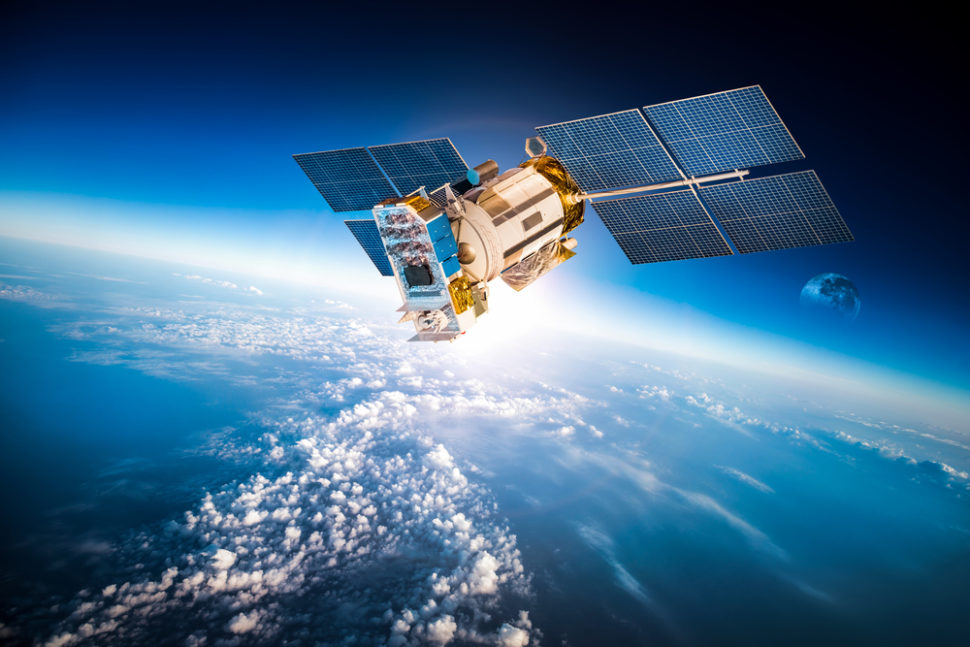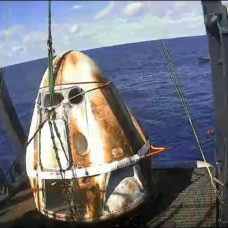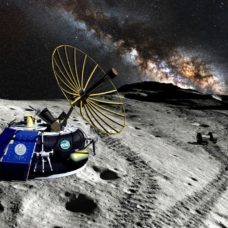In a recent article published in Science Advances, scientists at Southwest Research Institute described an algorithm that combines the capabilities of two spacecraft equipment. They’re calling it a virtual super instrument.
NASA‘s Solar Dynamic Observatory is equipped to measure extreme ultraviolet (EUV) solar spectral irradiance (SSI). With this information, we can understand specific space weather effects such as aerodynamic drag on satellites during periods of enhanced solar activity as well as radio blackouts.
However, an analysis is essential to decipher the data from the Solar Dynamic Observatory. That’s where the virtual super instrument comes in.
It’s a computer algorithm that uses deep learning to not only analyze the UV images of the sun but also measure the energy the sun emits as ultraviolet light.
In a statement to the press, senior research scientist at SwRI and co-author of the study, Dr. Andrés Muñoz-Jaramillo said:
“Deep learning is an emerging capability that is revolutionizing the way we interact with data.”
Using Deep Learning to Create a Super Instrument
Deep learning is a type of machine learning which mimics the way the human brain processes information. As a result, we now have machines filling roles that previously required human intelligence.
The goal of NASA’s Frontier Development Laboratory is to address challenges in space science and exploration using deep learning and machine learning techniques. And the new super instrument could be the key to that.
Muñoz-Jaramillo noted:
“All missions beyond Earth have a host of instruments that have been designed with specific capabilities to answer specific scientific questions. When we combine them into virtual super instruments, we can produce more cost-effective missions with higher scientific impact or use measurements by one instrument to help answer the science questions of another.”
The researcher, however, admitted that the virtual super instruments still require hardware to function. Deep learning instruments can only build on the capabilities of existing technologies, he said.
Researchers at the Frontier Development Laboratory are already using the virtual super instrument to forecast ionic disturbances. Also, Muñoz-Jaramillo and his team are currently working on creating more similar algorithms with other capabilities.



















nice